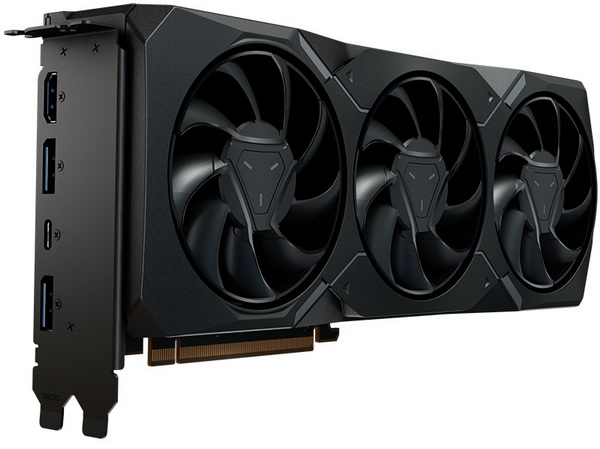INTRODUCTION

So far 2022 has been a very interesting year, not just because both AMD and Intel released their newest CPU lines but also because NVIDIA and Intel released their new graphics card lines and even though it was a first for the latter the end result was quite good. That being said if you're a somewhat old gamer such as myself you know all too well that there's a serious lack of interesting PC games in the market today, compared at least to past years. Luckily according to what's scheduled to be released in 2023 that could change soon so it's no wonder that people are scrambling to upgrade their graphics cards during the holiday season. Just over a month ago AMD also unveiled their answer to NVIDIA's GeForce RTX 4070Ti/4080 cards, the Radeon RX 7900 XT/XTX models which are based on their next-generation RDNA 3 architecture and today I’ll be testing the XT variant.
For more than 50 years AMD has driven innovation in high-performance computing, graphics and visualization technologies. Billions of people, leading Fortune 500 businesses and cutting-edge scientific research institutions around the world rely on AMD technology daily to improve how they live, work and play. AMD employees are focused on building leadership high-performance and adaptive products that push the boundaries of what is possible.
Both the Radeon RX 7900 XT and XTX cards are the first ones to feature AMD's chiplet design which combines 5nm and 6nm process nodes (each node is optimized for specific jobs) to deliver up to 54% more performance per watt, up to 2.7X higher AI performance and up to 1.8X higher raytracing performance than their previous generation RDNA 2 architecture. AMD has equipped both cards with GDDR6 memory (20GB with 320-bit interface for the RX 7900 XT and 24GB with 384-bit for the RX 7900 XTX), dedicated infinity cache (80MB for the RX 7900 XT and 96MB for the RX 7900 XTX), DP and HDMI V2.1 ports, USB-C port and two 8pin power connectors (AMD decided to take this route instead of asking for the new 12VHPWR cables/adapters). The Radeon RX 7900 XT which i have here with me today packs a total of 84 RDNA 3 compute units, 5376 stream processors, 192 raster units (or render output units), 84 ray accelerators (or ray tracing cores), 336 texture mapping units and 6 shader engines. Of course, both the Radeon RX 7900 XT and the Radeon RX 7900 XTX sport technologies like AMD's FidelityFX Super Resolution (FSR) 2.2 for maximum performance and visuals (with FSR 2.3 and Fluid Motion Frames technology scheduled for 2023), radiance display engine for incredible color accuracy at up to 8K 165Hz (12-bit HDR with full coverage of the REC2020 color space), image sharpening, noise suppression which helps reduce ambient noise, anti-lag for faster input commands, smart access memory (performance boost when paired with an AMD Ryzen CPU), FreeSync for no image stuttering and tearing and AMD link which allows you to stream your Windows desktop and games to mobile devices, TVs and other Windows PCs. So, let's see what AMD has been up to lately with their latest Radeon RX 7900 XT graphics card.

 O-Sense
O-Sense









